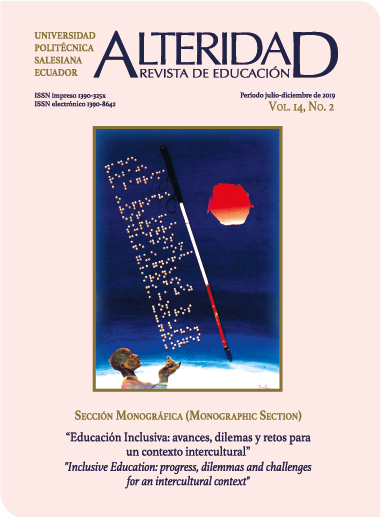Model United Nations: a constructivist tool
Main Article Content
Abstract
In the following document, the research about the study case of the Model United Nations (MUN) in a group of students of the Master’s Degree in Education: Environment Education Field (MECEA) is presented. This research is relevant for the education study field, specifically from a constructivist approach because it is analyzed the importance of MUN as a pedagogic tool to foster knowledge and capabilities in the students. The research has been conducted entirely with a qualitative focus of study case with an ethnographic method, including instruments as participatory observation, semi-structured interviews and field journal. The main findings reached are that in the study case analyzed, MUNs have shown to be a useful pedagogic tool to foster and practice knowledge about environmental issues, as well as necessary capabilities for an environmental educator, such as negotiation, public speaking, formal language and debate. Aspects of the MUN like role-playing, Zone of Proximal Development (ZPD) and the interactions between participants in a diplomatic frame are crucial for the results fostered in the participants.
Article Details
Section
MISCELLANEOUS SECTION
Authorship: The list of authors signing must include only those people who have contributed intellectually to the development of the work. Collaboration in the collection of data is not, by itself, a sufficient criterion of authorship. "Alteridad" declines any responsibility for possible conflicts arising from the authorship of the works that are published.
Copyright: The Salesian Polytechnic University preserves the copyrights of the published articles, and favors and allows their reuse under the Creative Commons Attribution-NonCommercial-ShareAlike 3.0 Ecuador license. They may be copied, used, disseminated, transmitted and publicly displayed, provided that: i) the authorship and the original source of their publication (journal, editorial and work URL) are cited; (Ii) are not used for commercial purposes; Iii) mention the existence and specifications of this license.
Copyright: The Salesian Polytechnic University preserves the copyrights of the published articles, and favors and allows their reuse under the Creative Commons Attribution-NonCommercial-ShareAlike 3.0 Ecuador license. They may be copied, used, disseminated, transmitted and publicly displayed, provided that: i) the authorship and the original source of their publication (journal, editorial and work URL) are cited; (Ii) are not used for commercial purposes; Iii) mention the existence and specifications of this license.

